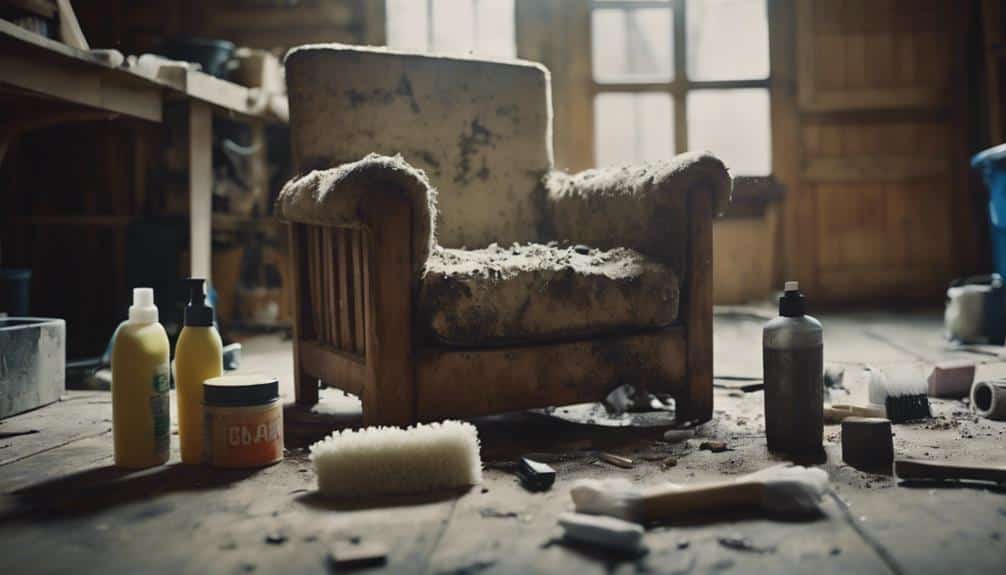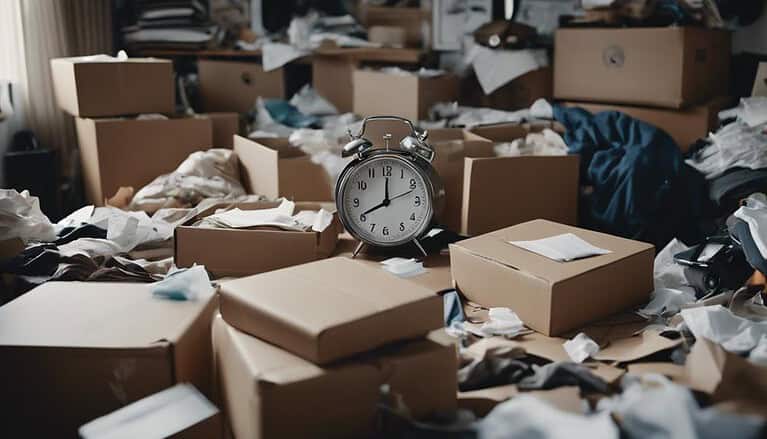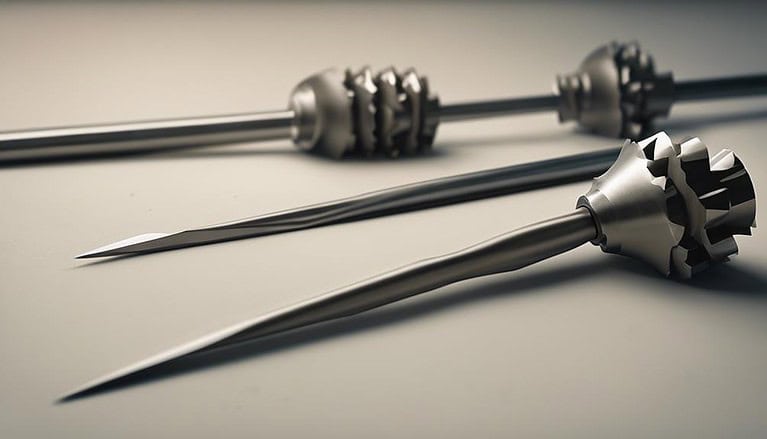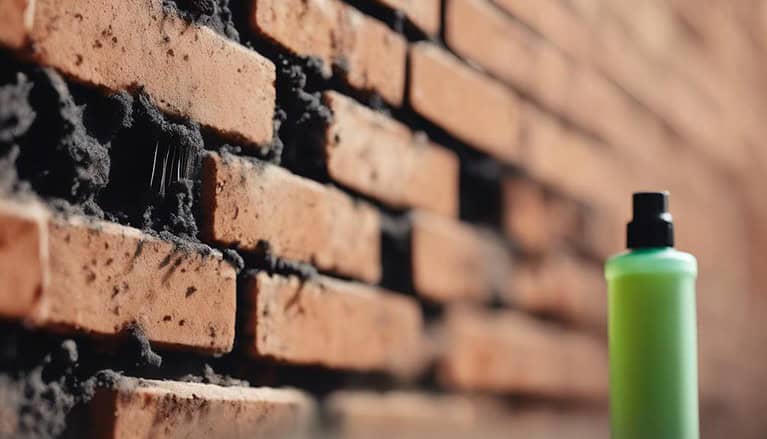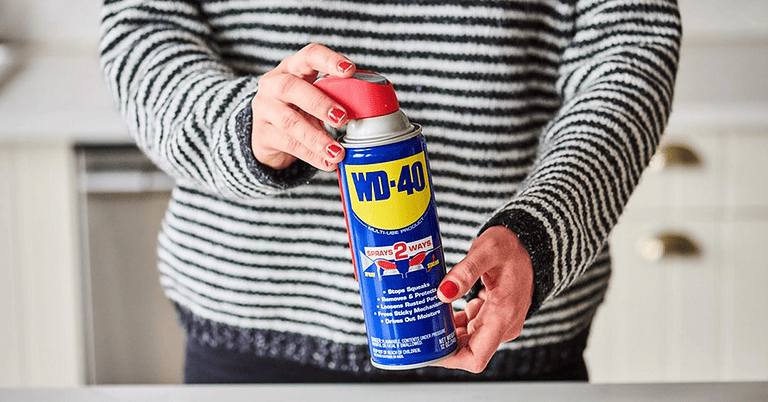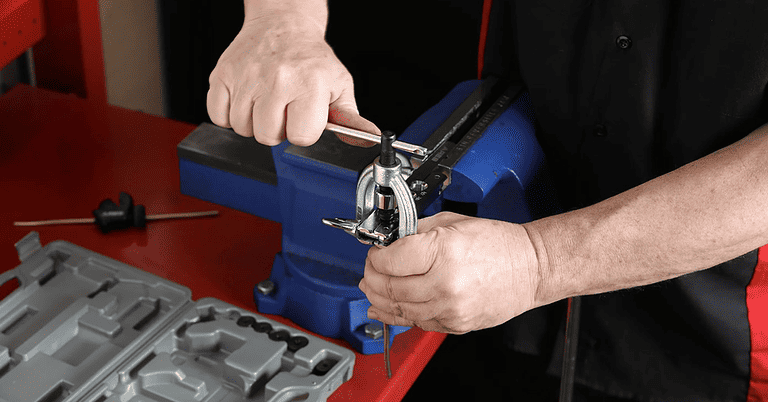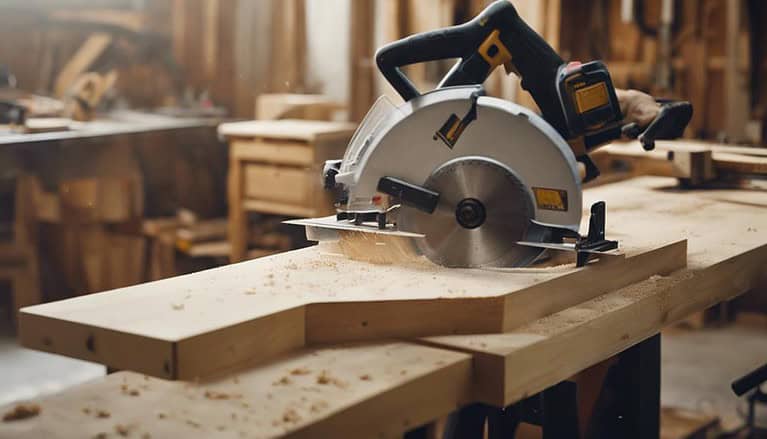How to Remove Mildew From Wood Furniture
If you see mildew on your wooden furniture, act quickly! Find where it's coming from – check for wet spots, water marks, or leaks. Make a cleaning mix of white vinegar and warm water, then use a soft cloth to apply it. For unfinished wood, try rubbing alcohol or diluted bleach. Wear protective gear like goggles, a face mask, and gloves. Scrub the area, sand off tough stains, and disinfect gently. Dry the furniture completely to stop it from coming back. Following these steps will help you get rid of mildew from your wood furniture and find more tips to keep it in great shape.
TLDR
- Find and fix where the moisture is coming from to stop more mildew from growing.
- Make a mix of white vinegar and warm water to clean the mildew, it's safe for most wood.
- Wear goggles, a face mask, and gloves to stay safe from mold spores when cleaning.
- Use a soft cloth to put the mix on, scrub the mold, and wipe it off well to keep it dry.
- Let the wood furniture dry completely by keeping it in a well-ventilated area to stop more mildew.
Identify the Mildew Source
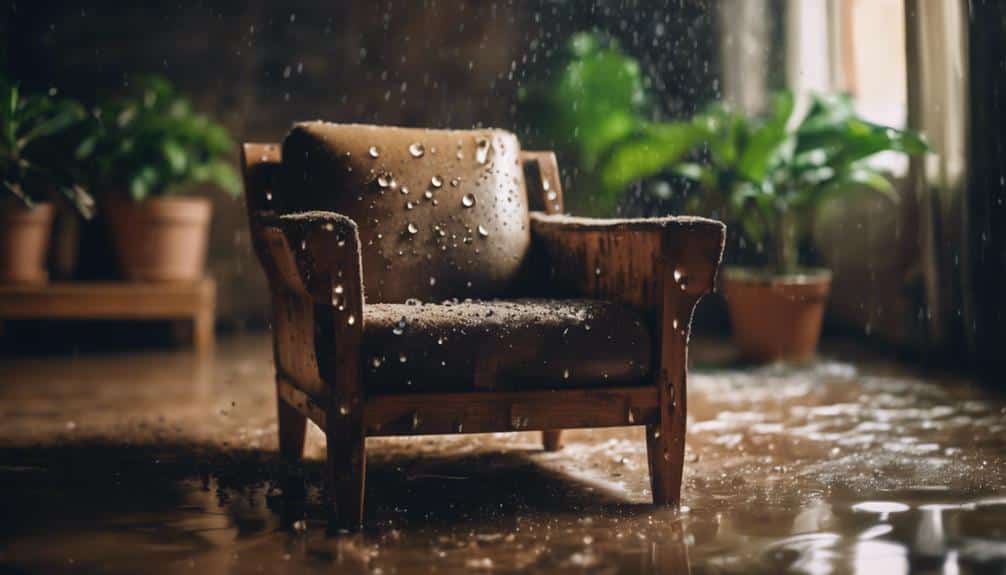
To remove mildew from your wooden furniture, find where the extra moisture is coming from. Mildew likes damp places, so if it's humid, that's a good place for it to grow. Look for wet spots, water marks, or leaks that could be causing the dampness. Keep your furniture away from too much humidity and improve air circulation to stop moisture from building up. Check your furniture often to catch any problems early. If you figure out and fix where the extra moisture is coming from, you'll stop mildew from growing on your wooden furniture.
Prepare Cleaning Solution
Now that you've found and fixed the moisture problem, it's time to make a simple solution to fight mildew on your wooden furniture. Mix equal parts of white vinegar and warm water in a bowl. This mixture works well to get rid of mildew on wood furniture because vinegar breaks down the stains and stops mold from coming back. Stir the solution well before using a soft cloth or sponge to apply it to the affected spots. This natural and budget-friendly solution is gentle on most wood finishes, so it's a good option instead of store-bought cleaners.
Remove Mildew From Finished Wood

Now that you have your cleaning solution ready, it's time to start getting rid of the mildew on your finished wood furniture! First, find where the mildew is coming from, clean the area gently, and make sure it's completely dry to stop it from coming back. By following these steps, you can bring your finished wood furniture back to its original beauty.
Identify Mildew Sources
To stop mildew on your wood furniture, find and fix any wet spots like leaky pipes or poor airflow. This stops mildew from coming back. Look around – is your furniture by a humidifier or a foggy window? Check for water marks or bending wood. Keep your furniture dry and mildew-free by letting air flow. Open windows, use fans, or add vents for better circulation. Use mild cleaners like vinegar to clean mildew, but fix the real issue – too much dampness. By finding and fixing wet spots, you'll prevent mildew on your wood furniture.
Clean With Gentle Products
To get rid of mildew on your finished wood furniture, use gentle solutions like diluted vinegar or baking soda. These won't harm the wood. Avoid strong chemicals that can damage or change the color of the wood. Mix your mild cleaning solution and dip a soft cloth into it. Gently wipe the mildew-stained area, covering it completely. Be careful not to scratch the wood. Make sure the furniture dries well by providing good airflow after cleaning. By following these steps, you can remove mildew from your finished wood furniture without causing any damage.
Dry Thoroughly Always
After removing the mildew, be sure the wood surface is completely dry before putting the furniture back in a damp area. You don't want mold to grow again. Moisture on the wood can cause more mold later, so dry it well. Use fans or dehumidifiers to speed up drying. Drying well helps keep the wood strong and stops mildew from coming back. Remember, cleaning is just part of the job – drying is important too. By drying thoroughly, you'll stop mold from returning and keep your wood furniture looking great.
Clean Unfinished Wood Surfaces
When dealing with unfinished wood surfaces, it's important to clean off any dirt and grime before tackling the mildew. You can use rubbing alcohol or a diluted bleach solution to get rid of the mildew effectively. Make sure to dry the wood completely to keep the mildew from coming back.
Remove Dirt and Grime
Gently clean the unfinished wood with a mild soap and water mix to get rid of any dirt and grime that could have mildew. Rinse well with water and make sure not to use too much water to avoid damage. Then, dry the wood completely with a cloth to stop mold from coming back. This step is important to prepare the wood for treating mildew. Remember, starting with a clean surface is crucial for effectively removing mildew from your wood furniture.
Mildew Removal Methods
Once your wood surface is clean and dry, you can tackle the mildew using rubbing alcohol or a diluted bleach solution to get rid of it from the unfinished wood. This will help break down the mold, making it easier to clean off your wooden furniture. Work in a well-ventilated area and wear protective gear for safety. After applying the solution, gently sand the affected area to make sure all the mildew is gone. Follow these steps to remove mold from wood and bring your wooden furniture back to its original look.
Dry Wood Thoroughly
After you clean your unfinished wood surfaces, make sure they're completely dry to stop moisture from getting back in and causing mildew to come back. Use fans or dehumidifiers to help dry your wood furniture thoroughly. It's important to have good airflow, so open windows and doors to speed up the drying. Don't leave any wet spots on your untreated wood, or mildew might return. Drying your wood surfaces well will prevent moisture buildup and make it hard for mildew to grow. Take your time to do it right, and soon you'll enjoy your mildew-free wood furniture!
Wear Protective Gear
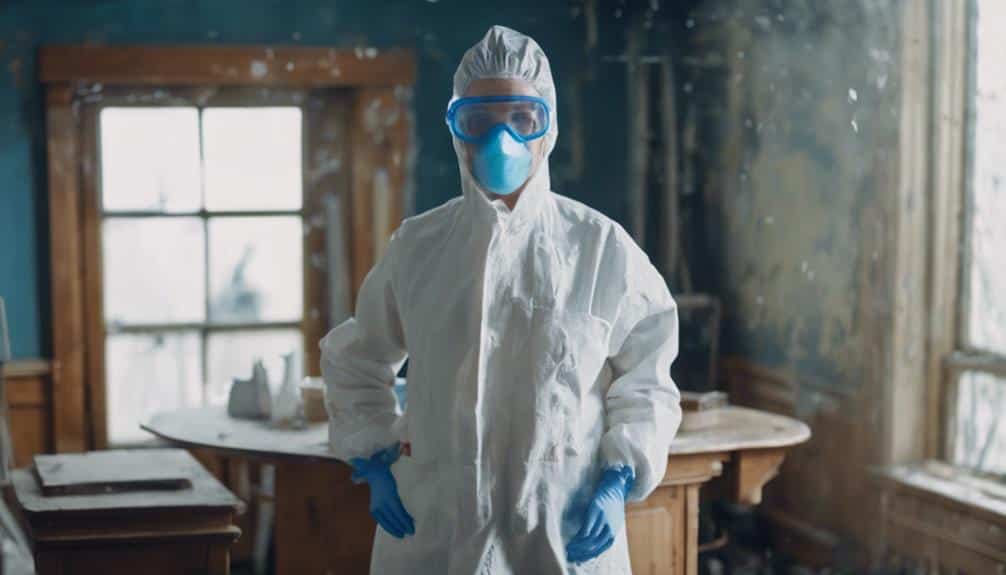
When cleaning mildew off wood furniture, make sure to wear goggles, a face mask, and rubber gloves. Mold spores can be harmful if breathed in or touched, so protect yourself. Goggles shield your eyes, a face mask stops you from breathing in spores, and gloves keep your skin safe. Don't ignore the risks of mold – it's crucial to wear protective gear like gloves, goggles, and a mask when dealing with mildew on wood furniture. This way, you can stay safe and get rid of the mildew effectively.
Contain the Mildew Spores
Now that you're ready to clean that moldy wooden furniture, it's important to keep those tiny mold spores in check! Make sure to isolate the areas with mold, air out the room to stop the spores from spreading, and block off nearby spaces to prevent more contamination. These steps are crucial in getting rid of mold and keeping your furniture safe and clean.
Quarantine Infected Areas
To stop mold from spreading to other parts of your home, use plastic sheets or tarps to create a barrier around the moldy wood furniture. This isolated area will keep the mold contained and prevent it from moving to clean areas. Keep windows and doors shut in this designated area to reduce airflow and stop the mold spores from spreading. Try to avoid walking around the affected furniture to prevent spreading the mold further. By sealing off the area properly, you'll be able to get rid of the mold from your wood furniture effectively. Remember, containing the mold is crucial to avoid it spreading and to successfully remove it.
Ventilate the Room
After isolating the infected area, make sure to open the windows and use fans to get fresh air circulating. This will help reduce the number of mildew spores in the room. Good airflow is crucial to stop mildew from spreading. Opening up the space not only dries out the wooden furniture but also stops mildew from growing. By ventilating well, you lower the chance of breathing problems. Remember, airing out the room is key for a safe and successful mildew cleanup. So, take a deep breath and let the fresh air work its magic!
Seal Off Adjacent Spaces
Before you clean, close off nearby areas to stop mildew spores from spreading and ruining other parts of your home or belongings. Cover things nearby with plastic or tarps to keep the spores away. Shut doors and windows to reduce air movement and prevent spores from moving around. This way, you ensure the mildew spores stay put and don't infect other places. By containing the spores, you can effectively get rid of mildew on your wood furniture. Remember, proper containment is crucial for a successful cleaning job.
Clean the Affected Area
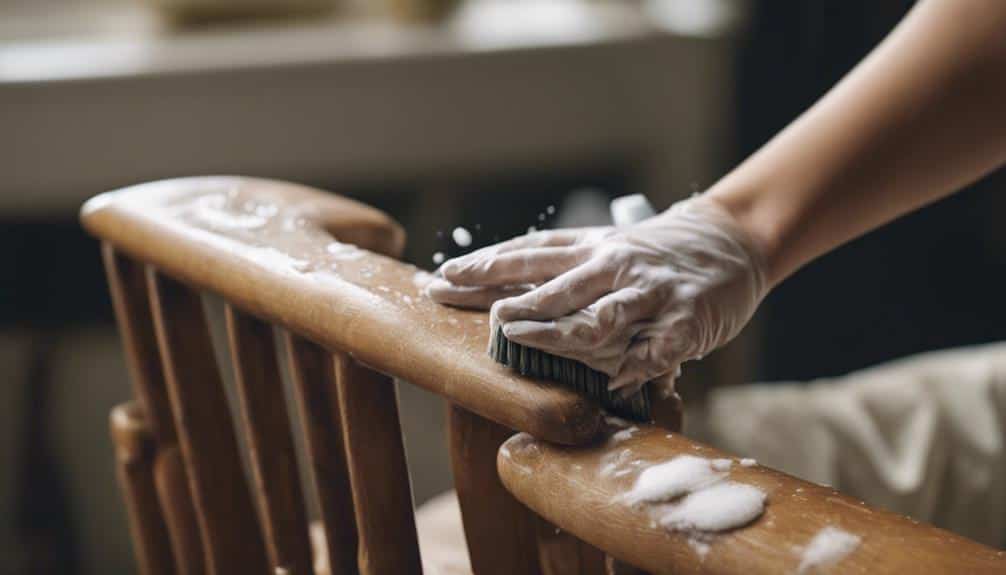
To start cleaning the affected area, vacuum up loose spores on and around the wood furniture to stop them from spreading. Then, use a soft brush to gently remove any remaining spores. Now, it's time to clean. For finished wood furniture, use a mild cleaner like diluted vinegar or baking soda mixed with water to scrub the area. For unfinished wood, use rubbing alcohol or bleach. Make sure you work in a well-ventilated area to avoid breathing in mold spores. Following these steps will help you get rid of mildew on your wooden surfaces, kill mold, and prevent it from coming back.
Sanding for Removal
If the mold stain is still there after cleaning, it's time to use sandpaper. Sanding can help get rid of tough mold stains on your wood furniture. Use 100-grit sandpaper to gently sand the spot, but be careful not to remove too much wood. Remember, sanding should be your last resort for mold that won't go away with regular cleaning. While sanding, make sure to clean up any dust and loose spores to stop more mold from growing. By sanding with smooth, even strokes, you can erase the mold stains and bring back your furniture's original beauty. Just take your time and be patient, and soon enough, your furniture will be mold-free again!
Disinfect and Dry
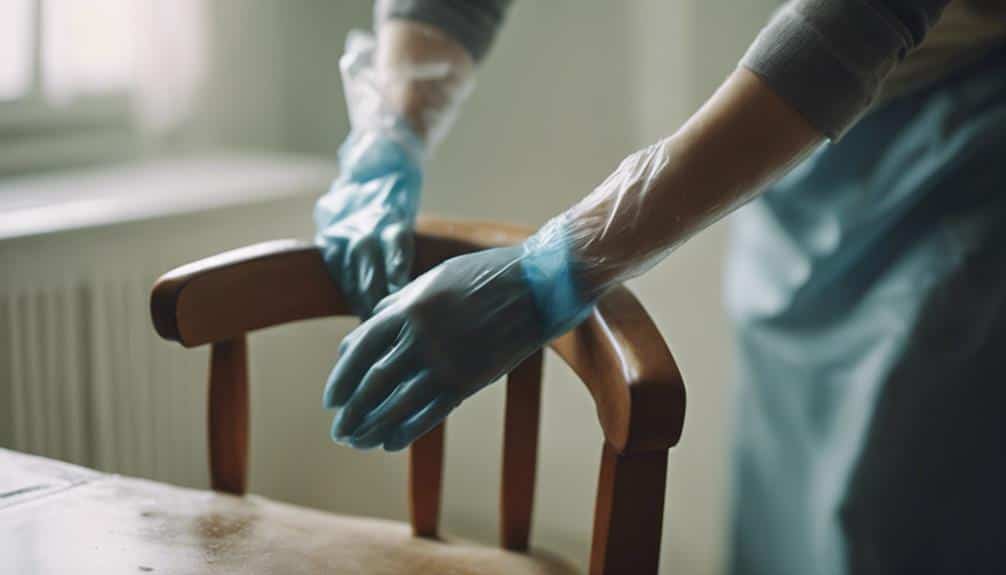
After removing the mold stain, clean the wood furniture with a solution of diluted alcohol or bleach to kill any remaining mildew spores. This step is crucial to stop the mildew from coming back. Use a clean cloth to apply the solution all over the surface. Let it sit for a bit, then wipe it off with a damp cloth. Next, make sure to dry the wood furniture completely. Open windows or use a fan to help it dry faster. Good airflow stops moisture from building up. By disinfecting and drying the wood furniture, you can get rid of mildew and keep it from coming back.
Prevent Future Growth
To stop mold from coming back, make sure to keep the room well-ventilated to avoid too much moisture. Use finishes or paints that resist mold on your wood furniture. Check your furniture often for any signs of dampness or mold, and deal with it right away. In humid areas, consider using dehumidifiers to keep the air dry and prevent mold. By doing these things, you can keep your wood furniture looking great for a long time, with no worries about mold. Keep an eye out, and your furniture will stay clean and nice.
Conclusion
You've successfully removed the mildew from your wood furniture! By following a few simple steps, you've gotten rid of the unwanted growth and brought back the beauty of your piece. Remember to regularly check and take care of your furniture to stop mildew from coming back. By keeping moisture and humidity in check, you'll be able to enjoy your lovely wood furniture for many years.

